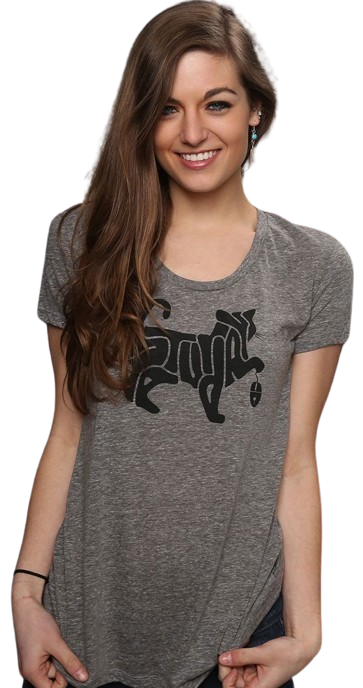- Express delivery and free returns within 30 days
- realdealextras@yahoo.com
- +1 513 437 1822

Transform your apparel into stunning designs that are visually appealing, perfectly sized, and positioned. Using transfers to customize apparel is vibrant and effective, but achieving optimal results requires careful placement and sizing, especially with DTF transfers. This guide covers expert tips, common heat transfer placements, and sizing standards for creating flawless custom apparel.
Heat Transfer Terminologies
In order to avoid confusion, it is important to understand these basic terms before diving into the sizing and placement of heat transfers:
- Print Area: This is the specific surface area of the fabric that the ink, vinyl, or decal will cover. It’s crucial to consider this for avoiding seams, pockets, buttons, and other obstructions.
- Print Size: The precise measurement of the artwork. Combined with placement, it dictates the print area. This does not include the film size of heat transfers, decals and vinyl.
- Standard Size: Each print location has a common range of sizes, which can vary slightly between ladies, youth garments, and adult. Use these as a starting point.
- Print Location: This refers to the specific area on the garment or the category of print (e.g., left chest print, full back print). Placement and print area can vary within each print location.
- Anchor Point: The specific point on the design that should be centered, rather than the midpoint, especially useful for designs that are not naturally symmetrical.
- Print Placement: The precise location where the design is positioned, typically varying by a few inches or more based on garment size, preference, and other factors.
- Maximum Size: The largest size that can be printed on a specific garment.
- Oversize: Refers to dimensions larger than standard but below the maximum allowable size for printing on a garment.
Sizing and Placement of DTF Transfers
As custom apparel makers, we have experience with heat transfers like DTFs, as well as the size and placement of the transfers. Based on our experience, we’ve determined the best heat transfer sizes, placement locations, and tricks for your apparel.
- Full Front
The Full Front placement is one of the most frequently used print placements. It’s larger than a Center Chest but not fully maximized. Ideal for showcasing artistic graphics such as those on concert tees, it may be too expansive for logos or designs requiring less coverage (consider opting for a Center Chest placement instead). This placement is particularly beneficial for intricate designs that benefit from additional space to highlight all their details.
- Full Back
Another commonly used location is the Full Back. Similar to the Full Front but typically larger and positioned slightly lower on the garment. This placement is seldom used alone and is often paired with a front print. It’s ideal for showcasing vibrant, intricate designs, while simpler designs can be reserved for other areas of the garment.
- Upper Back
An Upper Back print placement, often referred to simply as “Back,” spans across the shoulder blades rather than being vertically centered. This area is commonly used for bold words like “STAFF,” “CREW,” or trending hashtags. It also accommodates larger logos effectively.
4. Center Chest
Located directly where expected, the Center Chest placement sits just below the collar and is centered across the chest. It’s a moderately sized print, ensuring visibility even if covered by a hoodie, or open button-down shirt. An example is Batman’s iconic “B” typically found on the Center Chest.
- Left Chest
The classic left chest placement has made a comeback in style. It’s small, understated, and the preferred choice for logo shirts for crew and staff, or as a stylish option for any custom apparel.
- Sleeves
No list is complete without mentioning the Sleeve placement. Similar to the Left Chest, this area is best reserved for simpler artwork. As with other placements, the size and positioning should suit your specific logo or design. Sleeve prints typically appear more appealing when kept small in size.
- Oversize Back/Front
An Oversized print refers to anything larger than a standard-sized Full Front or Full Back. Consider garment size restrictions when planning your design. For instance, oversized prints may not be suitable for smaller ladies’ sizes, youth sizes, V-necks, tank tops, and similar garments. Adjust your print size accordingly in these cases.
Carefully Size and Place DTF Transfers for Optimal Results
It is possible to produce excellent results with DTF transfers and other types of heat transfers, but they must be sized and placed carefully in order to achieve optimal results. Follow the given standard guidelines to ensure your customized apparel reaches its full potential.


